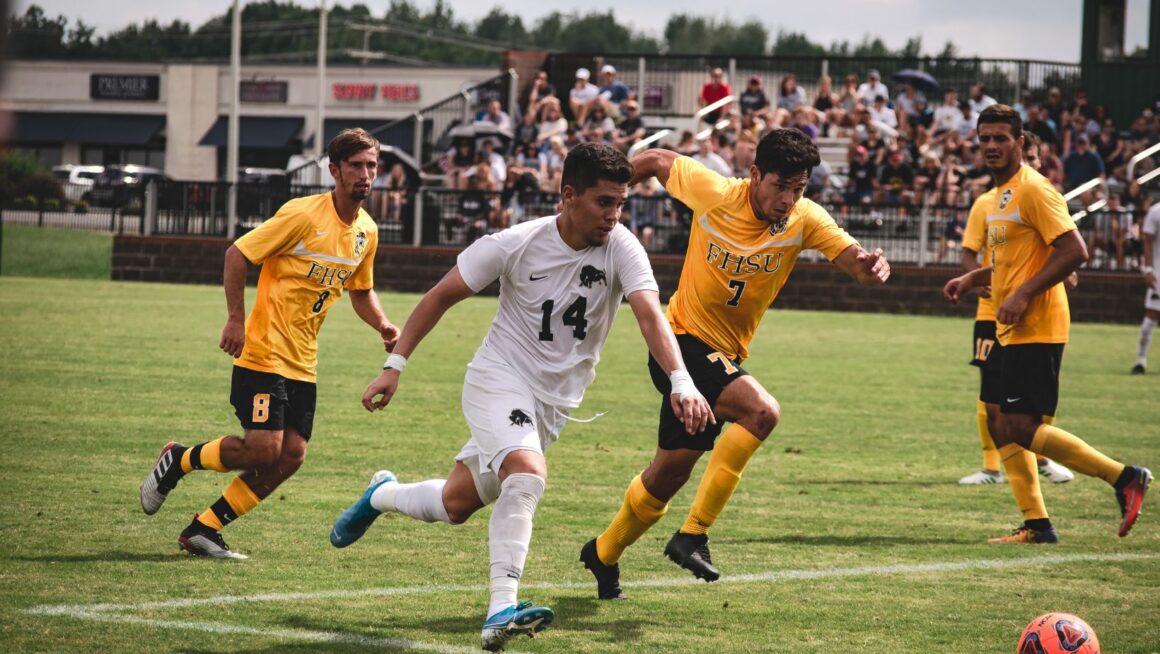
Understanding how college football odds work is an essential first step in sports betting. Knowing how to interpret them helps bettors follow major matchups, track rising teams, and make more confident decisions. This guide covers the basics, key terms, and betting types in clear, simple language, showing how odds connect to predictions, trends, and market value.
Why College Football Odds Matter
College football is one of the most dynamic betting markets in the U.S. With over 100 Division I teams and frequent upsets, oddsmakers constantly adjust lines to reflect both public perception and on-field performance.
The odds reflect more than just predictions; they show how the betting market is reacting to:
- Matchup history,
- Player injuries and coaching changes,
- Venue and weather,
- Conference implications.
For new bettors, odds help identify which games are close, which teams are favored, and how the market expects the game to unfold.
What Is a Point Spread?
Point spreads are one of the most common types of college football bets. They show how much a team is expected to win or lose by. Here’s a typical example: Oregon -7.5 vs. Utah
This means Oregon is favored to win by 7.5 points. A bet on Oregon only wins if they win by 8 or more. A bet on Utah wins if they either win the game or lose by 7 or less.
Spreads are designed to make both sides of the bet equally attractive. They also show how closely matched the teams are. A -1.5 spread indicates a tight game, while a -21.5 spread suggests a mismatch. Understanding point spreads is essential for following college football betting, especially in matchups between conference rivals or playoff contenders.
How Moneyline Odds Work
Moneyline odds are the simplest way to bet: pick who will win the game. But reading those odds requires understanding the value behind the numbers.
Let’s look at this example:
Alabama -220 vs. Tennessee +180
- A number like -220 means Alabama is the favorite, showing how much a bettor must stake to win a standard amount,
- A number like +180 means Tennessee is the underdog, showing how much a bettor could win from a standard stake.
In this case, Alabama is expected to win, but not without resistance. Tennessee could pull off the upset, and the odds reflect that potential return.
Moneyline odds are especially popular in games where the spread is small. They also offer value when evaluating momentum shifts across the season. Savvy followers of college football betting predictions often use moneyline odds to spot underdog opportunities.
Totals (Over/Under): Betting on the Score
Another popular way to bet on college football is through totals, also called over/under bets. This type of bet focuses on the combined score of both teams.
Example:
Over/Under 54.5 points: Georgia vs. Kentucky
- If the final score is 30–27, the total is 57, and the over wins.
- If it ends 27–20, the total is 47, and the under wins.
Totals reflect not only team strength, but also tempo, weather, and injury concerns. A fast-paced Big 12 game may have a total of 65+, while a Big Ten showdown in November might sit closer to 42.
Bettors interested in trends and scoring averages often use totals as part of their weekly strategy. In fact, monitoring totals can provide insight into how analysts interpret matchups, valuable knowledge for interpreting broader college football betting news.
Understanding Line Movement
College football odds are not static. They shift as betting volume and new information enter the market. This movement is called “line movement,” and it reflects changes in perception.
A spread may open at -3.5 and move to -6 by game time. That shift could be driven by:
- Injury reports,
- Betting volume,
- Weather forecasts,
- Coaching announcements.
Reading line movement helps bettors understand what the public and oddsmakers believe about the game. More importantly, it can signal where value still exists.

For example, if the spread moves sharply toward one team without any public injury news, that might hint at inside information or a sharp betting angle. This is where keeping up with college football betting predictions becomes crucial.
Where to Start: Using a Trusted Platform
As new fans begin following odds, it is important to use platforms that offer reliable, real-time data and legal betting options. Platforms like FanDuel Sportsbook are a trusted source for NCAAF betting, odds tracking, and market shifts.
They also provide tools that help bettors:
- Filter by team or conference,
- Track live line movement,
- Explore bet types (spreads, moneylines, totals, parlays),
- Review historical data and performance metrics.
Using a centralized, legal sportsbook is essential for clarity and consistency, especially for those new to reading lines.
Betting Trends and Predictive Insights
Successful betting is not just about numbers; it’s about context. Odds tell one part of the story, but trends and insights add the rest.
Following team trends, such as performance against the spread, road records, or points allowed, helps make more informed decisions. Similarly, tracking weekly expert picks, public betting percentages, and in-season data shifts helps bettors stay aligned with the most relevant college football betting insights.
Here are a few examples of insights that go beyond the odds:
- A team that starts fast but fades in the second half may be a strong first-half bet,
- A program with a top 5 defense might consistently hit the under, regardless of opponent,
- Line movement away from a top-10 team can signal value on the underdog.
Betting is about identifying value and applying logic. The odds give you a starting point, but insights help turn observation into strategy.
Keep It Simple, Stay Informed
New bettors do not need to master every type of bet overnight. Start by focusing on the three core bet types, spread, moneyline, and total, and learn how to read them confidently. Use the odds to understand which team is favored, what the expectations are, and how the public is reacting.
From there, the rest will build over time: pattern recognition, line movement, team strengths, and schedule value. And for anyone following the season week by week, odds are more than numbers. They’re a direct reflection of momentum, public belief, and analytical outlooks, especially in a sport as passionate and unpredictable as college football.












